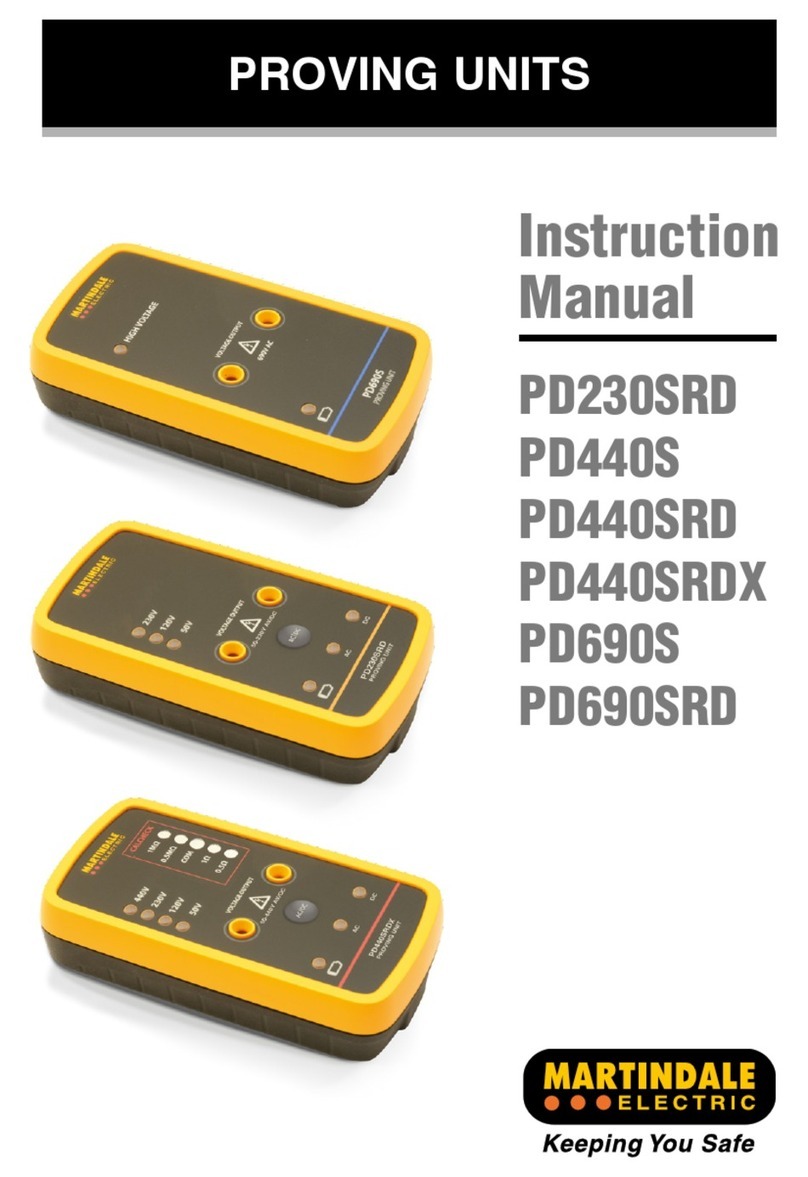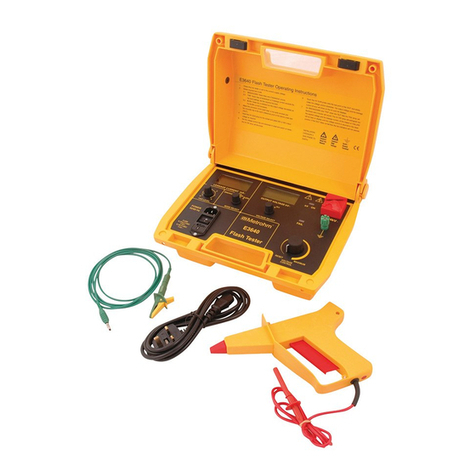Martindale Electric EPAT1600 Installation and operating instructions
Other Martindale Electric Test Equipment manuals

Martindale Electric
Martindale Electric PD230SRD User manual

Martindale Electric
Martindale Electric BZ701 User manual

Martindale Electric
Martindale Electric EZ365 User manual

Martindale Electric
Martindale Electric VT12 User manual

Martindale Electric
Martindale Electric VT25 User manual

Martindale Electric
Martindale Electric NC4 User manual

Martindale Electric
Martindale Electric PD440S User manual

Martindale Electric
Martindale Electric EZ165 User manual

Martindale Electric
Martindale Electric VT4 User manual

Martindale Electric
Martindale Electric PD240 User manual

Martindale Electric
Martindale Electric PC104-2 User manual

Martindale Electric
Martindale Electric HANDYPAT HPAT500 User manual

Martindale Electric
Martindale Electric ET5 User manual

Martindale Electric
Martindale Electric Metrohm E3640 User manual

Martindale Electric
Martindale Electric EZ165 User manual

Martindale Electric
Martindale Electric PC15250 Mk2 User manual

Martindale Electric
Martindale Electric EASYPAT 2100 User manual

Martindale Electric
Martindale Electric HPAT600/2 HANDYPAT User manual

Martindale Electric
Martindale Electric PD690SX User manual
Popular Test Equipment manuals by other brands

Redtech
Redtech TRAILERteck T05 user manual

Venmar
Venmar AVS Constructo 1.0 HRV user guide

Test Instrument Solutions
Test Instrument Solutions SafetyPAT operating manual

Hanna Instruments
Hanna Instruments HI 38078 instruction manual

Kistler
Kistler 5495C Series instruction manual

Waygate Technologies
Waygate Technologies DM5E Basic quick start guide

StoneL
StoneL DeviceNet CK464002A manual

Seica
Seica RAPID 220 Site preparation guide

Kingfisher
Kingfisher KI7400 Series Training manual

Kurth Electronic
Kurth Electronic CCTS-03 operating manual

SMART
SMART KANAAD SBT XTREME 3G Series user manual

Agilent Technologies
Agilent Technologies BERT Serial Getting started







